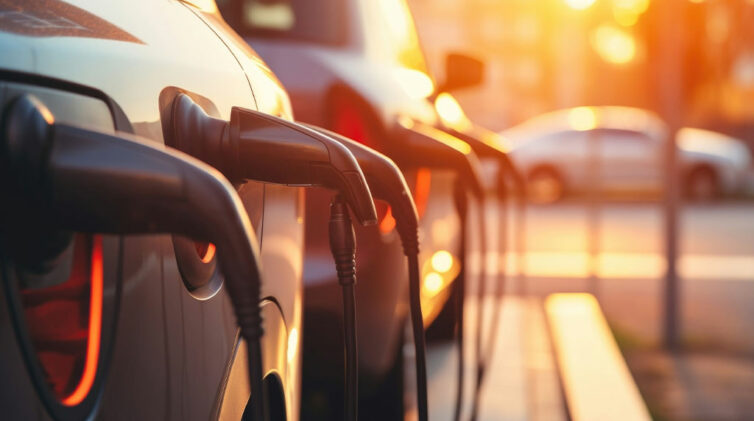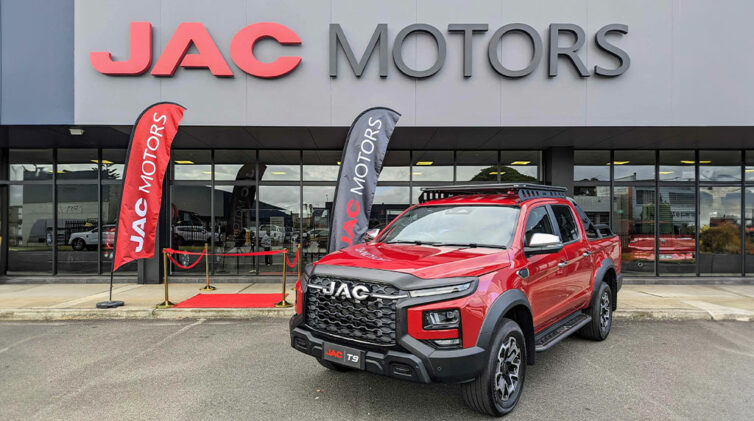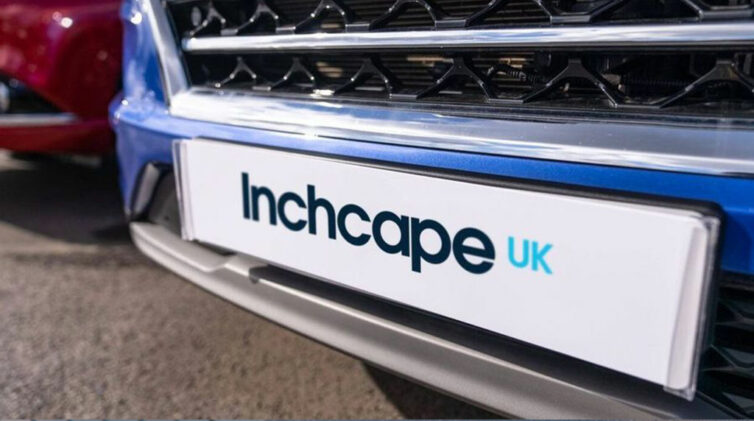Along with new subsidies to be paid by the NZ government on EVs, adding the penalty and the incentives together can put a total impost of nearly $NZ14,000 on ICE models versus their like-for-like EV counterparts.
Under the Clean Car Discount program, penalties of up to about $NZ5000 per used vehicle – with similar penalties for high-emission new vehicles – came into force from April this year.
It is aimed at the consumer and applies to the first registration of the vehicle, affecting new-car dealers and grey-import dealers but also motorists who can’t afford a new car or an EV.
From January next year, a second government-instigated penalty – the Clean Car Standard program – begins and applies a tax on CO2-producing new and used vehicles to be paid for by the vehicle importer.
The CEO of the Imported Motor Vehicle Industry Association of New Zealand (VIA), David Vinsen, told GoAutoNews Premium that despite the second program applying from January 1, the automotive industry in NZ has not been told by the government how much it will cost importers for each make and model.
At the same time that the Clean Car Discount and Clean Air Standard programs are taxing ICEs, buyers of used and new (and expensive) EVs with zero or low CO2 emissions are receiving subsidies of up to about $NZ8600.
As an example of the existing Clean Air Discount tax, the Toyota HiLux since April has a penalty of between $NZ1293.75 and $NZ4772.50 according to the NZ Ministry of Transport’s website. Ford’s Ranger cops fees from $NZ2026.88 to $NZ4657.50. This applies to new and used examples.
Beneficiaries are EV importers, dealers and buyers who add in the government EV subsidy.
For example, the new LDV T60 dual-cab ute diesel has a penalty of $NZ2875 to $NZ5175, but the latest electric version, the LDV ET60, gets a rebate from the government of between $NZ3450 and $NZ8625.
That puts the ICE version at an effective total disadvantage of up to $NZ13,800.
Mr Vinsen said the penalties have started to affect sales and he expects further impacts once the second phase is introduced in January. However he said just how much it will affect these businesses was still unclear.
“This has been very rushed,” he said.
“The used-car market is already affected by the Clean Air Discount and will be hit again by the Clean Air Standard.
“For new car businesses, for example Toyota, it can average the penalties out across its fleet of vehicles, so sales of its more fuel efficient hybrids can offset the penalties that apply to the bigger cars and utes.
“But for the used-car market, the penalties are based on the spot price without any ability to average it across a fleet.”
Mr Vinsen said there was no doubt that members would be adversely affected by the “double whammy” of the Clean Air taxes.
Turners Automotive Group CEO Todd Hunter told GoAutoNews Premium that used-car transactions in NZ are down 7.5 per cent from April to September and that he is expecting supply to remain constrained by the impact of the government emission regulations.
“The Clean Air Standard and Clean Car Discount programs are effectively restricting the cars that can be brought into the country,” he said.
Turner Automotive’s latest half-year results for the first six months of the 2022 calendar year showed the Australian listed company reported a record $23.4 million net profit before tax, up marginally on the $23.2m of the previous corresponding period.
In the results, Mr Hunter said that the NZ used car market is down 7.5 per cent but his company has “seen an increase in car units sold year-on-year and as a result, and strong growth in market share.”
He said that the company has noted demand for higher value cars was moderating and shifting into the lower price point segments.
Turners Automotive’s report for the half year also said the current tax and the introduction in January of the second tax that is payable by the importer had led to registered dealers leaving the industry “because of the difficulty in sourcing (used) cars through the import supply channel and the economic conditions that makes it hard for them to make a sufficient return.”
It said that registered dealer numbers were at their lowest point in the past five years and are now less than 3000 individuals, down 14 per cent from the peak in 2017.
“The last time we were below 3000 dealers was February 2014,” the report said.
Mr Vinsen agreed and said that the Clean Air Discount and Clean Air Standard were constricting the cars that can be brought into NZ.
Auto Services Group director Kristian Appelt told GoAutoNews Premium that the difficulties of NZ importers under the new tax regime were not likely to be repeated in Australia.
“It’s unlikely,” he said.
“The Australian government seems more intent on using subsidies to attract consumers to EVs rather than use taxes to penalise buyers of conventional vehicles.
“It would seem harsh applying expensive penalties to used cars which are purchased by people who may not have the funds to buy a new car and especially a new EV.”
By Neil Dowling



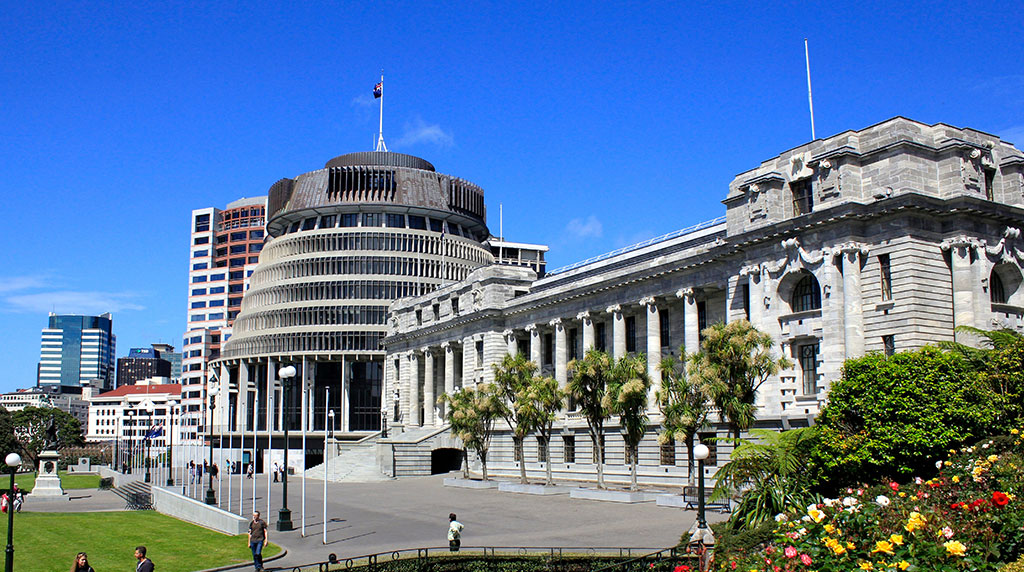
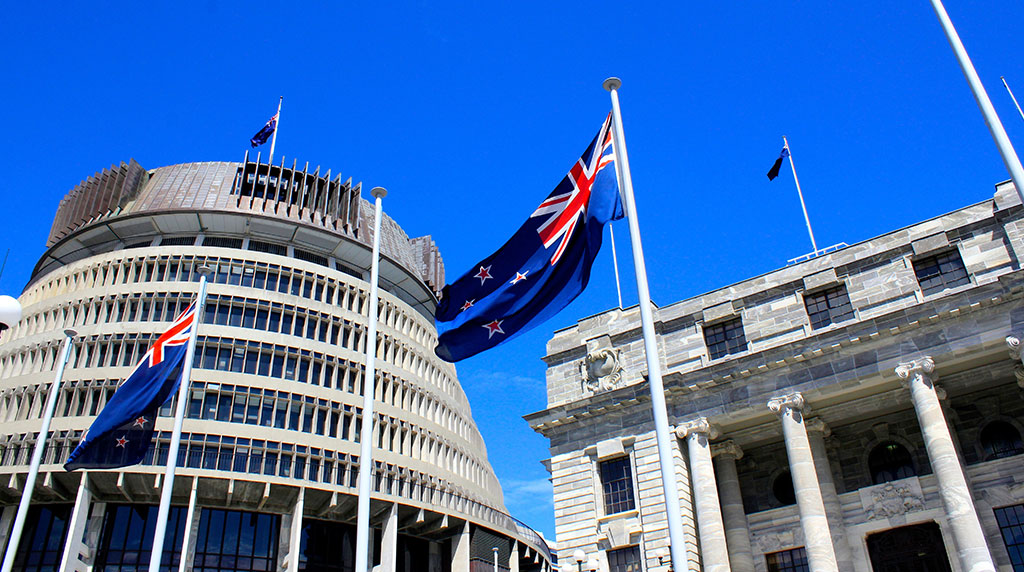










 Read More: Related articles
Read More: Related articles